Search engine optimisation (SEO) should really be seen as a long-term, incremental process. It is a marathon, not a sprint…
While SEO progress comes from consistent improvements, along with amazing content, it can take just one catastrophic error to undo months, or even years, of hard work. Whilst I am pleased to say that it is increasingly rare to see them these days, the truth is that some mistakes can obliterate your search visibility almost overnight.
After a fairly long spell of not coming up against such oopsies, I have seen a couple of ‘day 1’ errors recently that have reminded me how important the basics are, so I wanted to share some tips about how to avoid such facepalm moments.
Blocking search engines via robots.txt
The error:
Blocking access to your entire site by using a site wide block in your robots.txt file. This is good practice in a development environment, but disastrous on a live site.
The solution:
- Never carry over a development robots.txt file to your live site without checking it.
- Use tools like Google Search Console to test your robots.txt and confirm what’s being blocked.
- Automate a check for critical robots.txt rules during deployment if possible.
Noindexing an entire site
The error:
Adding a <meta name=”robots” content=”noindex”> tag site-wide, which tells search engines not to index any pages. This is surprisingly easy to do in platforms such as WordPress, where a simple tick box can block all access. Again, this is a *good* thing to do when developing a site, but apocalyptic on a live site…
The solution:
- Use environment-specific logic to prevent noindex tags from being deployed to production.
- Set up automated tests to flag unintended noindex tags in key templates.
- Double-check your pages immediately after launch using the URL Inspection Tool in Google Search Console.
Botched site migrations
The error:
Failing to implement proper 301 redirects when changing URLs or launching an entirely new site structure without managing the transition carefully. This leads to broken links, lost equity and (usually) a plummet in rankings.
The solution:
- Map old URLs to new ones with 301 redirects before launch.
- Use tools like Screaming Frog to crawl both old and new sites.
- Monitor traffic and crawl errors closely post-migration.
Removing important content or pages
The error:
Deleting high-performing pages (like blog posts or product categories) without considering their SEO value. This can cause a notable drop in organic search traffic.
The solution:
- Always check organic traffic and backlink data before removing a page.
- If removal is absolutely necessary, 301 redirect the URL to a closely related page.
Poor mobile and Core Web Vitals performance
The error:
Neglecting page speed and mobile usability, which are direct ranking factors.
The solution:
- Use PageSpeed Insights and Lighthouse regularly to benchmark performance.
- Optimise images, reduce unnecessary scripts and ensure responsive design – use the reports to help direct where focus is needed the most.
- Prioritise user experience, especially on mobile devices.
Using JavaScript that hides content from search engines
The error:
Relying heavily on JavaScript frameworks that render key content client-side, making it inaccessible to a lot of crawlers.
The solution:
- Use server-side rendering (SSR) or dynamic rendering for critical content.
- Test your pages with the Google Mobile-Friendly Test and URL Inspection Tool to see what Googlebot sees.
- Ensure internal links and main content appear in the initial HTML load.
Canonical tag misuse
The error:
Incorrect or duplicate <link rel=”canonical”> tags, causing search engines to ignore the correct URL or consolidate the wrong ones. Canonical tags are a bit geeky, but they are important.
The solution:
- Always double-check canonical tags, especially in dynamic content templates.
- Make sure they point to the correct version (i.e., https over http, or the canonical language variant).
- Avoid pointing canonicals to URLs that are noindexed or blocked via robots.txt.
Massive internal linking errors
The error:
Numerous internal links pointing to 404 pages, redirect loops or overuse of nofollow on internal links can severely disrupt crawl flow.
The solution:
- Crawl your site regularly to identify broken or redirected links. Tools such as ScreamingFrog are excellent at this.
- Keep internal links clean, relevant, and free of excessive parameters.
- Try to use a flat architecture where key pages are no more than 3 clicks from the homepage.
Conclusion : prevention is better than cure
Most catastrophic SEO mistakes stem from rushed launches, miscommunication between teams or simply overlooking a small but critical detail. While SEO success often requires patience, SEO failure can unfortunately be instantaneous.
It should, however, be relatively easy to avoid such disasters. It is simply a case of ensuring that SEO is a core consideration of *all* aspects of any website work. Keep communication open between developers, marketers, and content creators but don’t ignore the SEO geek in the corner. We are here to help, not be a pain in the backside.
Most importantly, always double-check everything before hitting “publish” and make SEO audits a regular feature of your workflow. It isn’t rocket science, but it is extremely important. Your search visibility / rankings will thank you.

